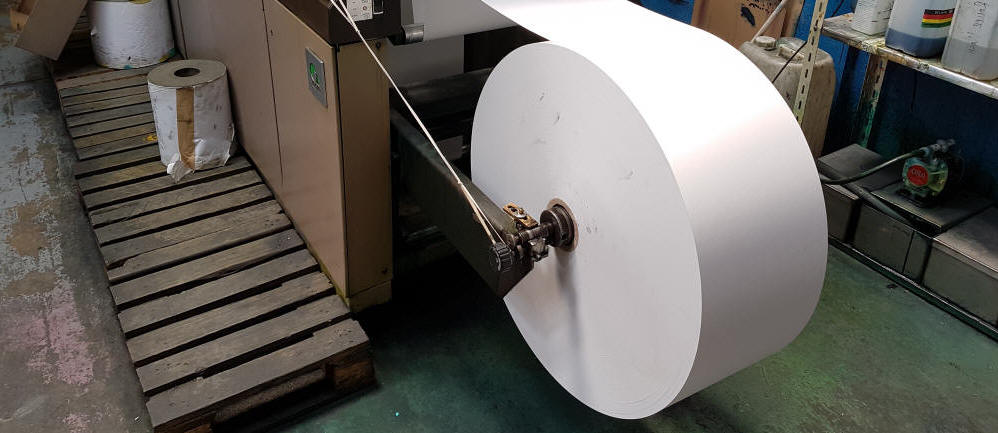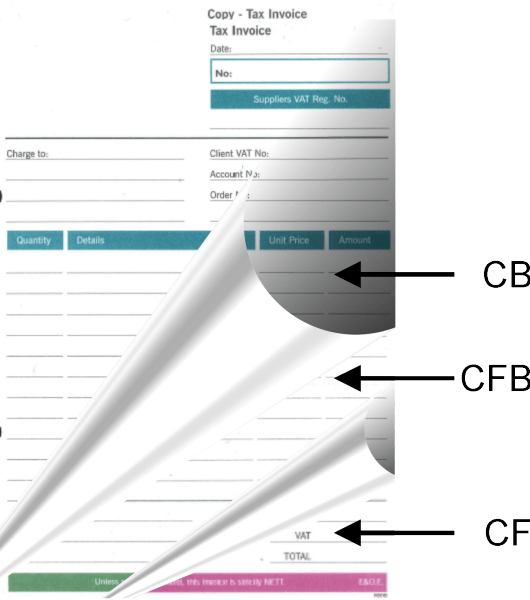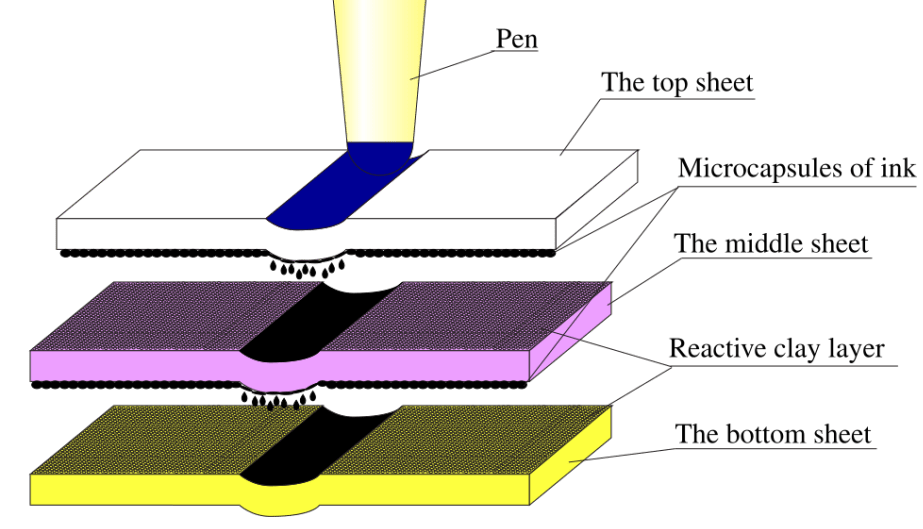What you should know about NCR paper.
 If you live totally in the digital world and don’t do anything that does not involve your cell phone, tablet or computer, then this might be a mystery to you.
If you live totally in the digital world and don’t do anything that does not involve your cell phone, tablet or computer, then this might be a mystery to you.
If you want or need to know what NCR paper is, then this article is for you.
For those of you who don’t know or are unsure what NCR paper is. It stands for No Carbon Required, which means no more loose black or blue carbon sheets to keep track of.
The NCR Corporation is the original developer of NCR technology way back in 1954. These are the guys that were known for manufacturing cash registers. The Full company name is National Cash Register Corporation. How lucky are they? They can use their original company name for the new product, No Carbon Required paper.
What makes NCR paper different, let’s first look at how the paper is made.
What Is NCR Paper & How Is It Made?
In a nutshell, NCR papers are sheets or reels of paper coated with micro-encapsulated ink, dye or reactive clay.
Let us break it down further, there are 3 different NCR sheets of paper namely the top first sheet or CB sheet, the middle sheet or sheets known as CFB sheets and the final or bottom CF sheet.
Terminology – What does the C, F and B mean
CB = Coated Back
CFB = Coated Front and Back
CF = Coated Front
The back of the top sheet or first sheet is coated with micro-encapsulated dye and is referred to as the CB Sheet. For duplicates pages, the lowermost sheet or CF Sheet is coated with a reactive clay on the top surface, this clay reacts with the dye from the sheet above to form a permanent mark.
For triplicate and quadruplicate books and pads, the CFB sheets or middle sheets are coated with the reactive clay on the upper side and the dye on the underneath of the sheet.
Once pressure is applied to the top sheets, such as when you write out an invoice, receipt or quotation, with a pen. The pressure causes the micro-capsules to break and release the ink and react with the clay, creating duplicate or triplicate copies. The capsules of ink in the paper are so tiny that the resulting print quality is extremely high and legible.
Since June of 1998 RBE Stationery Manufacturers has been a leader in the NCR transactional forms industry. Manufacturing and distributing a large variety of duplicate and triplicate NCR products in spiral bound or quarter bound books as well as the popular A4 and A5 pads. See the RBE Enterprise range of products available by visiting www.rbe.co.za.





There use to be a pen when drawn on the side of a stack paper that indicate if it is CB, CFB,CF. Does it still exis
Hi Hennie.
I have heard of pens that you write on the surface of the page and it changes colour, not sure about the side of the pages. Reacto® have a pen called a “Reacto® CB or CF Testing Pen”. They are hard to find locally. Thanks